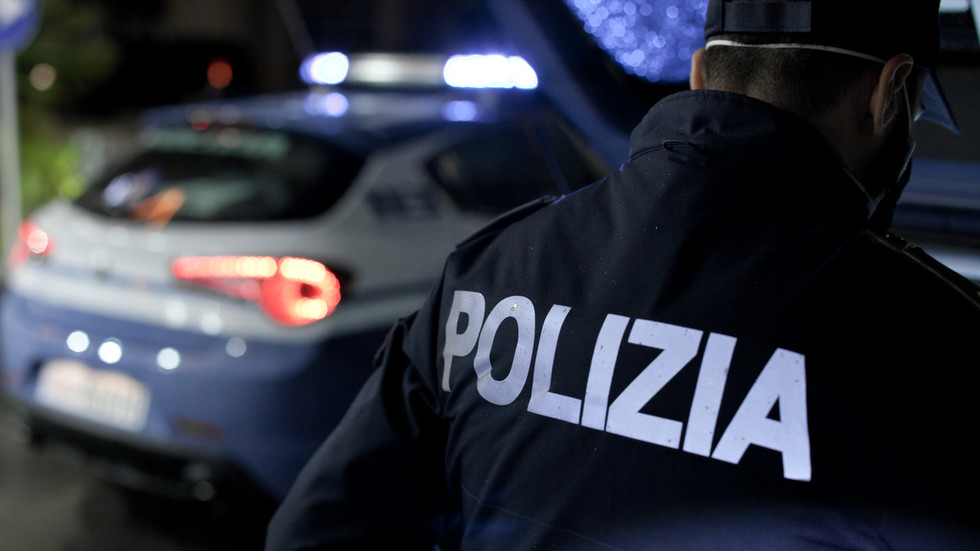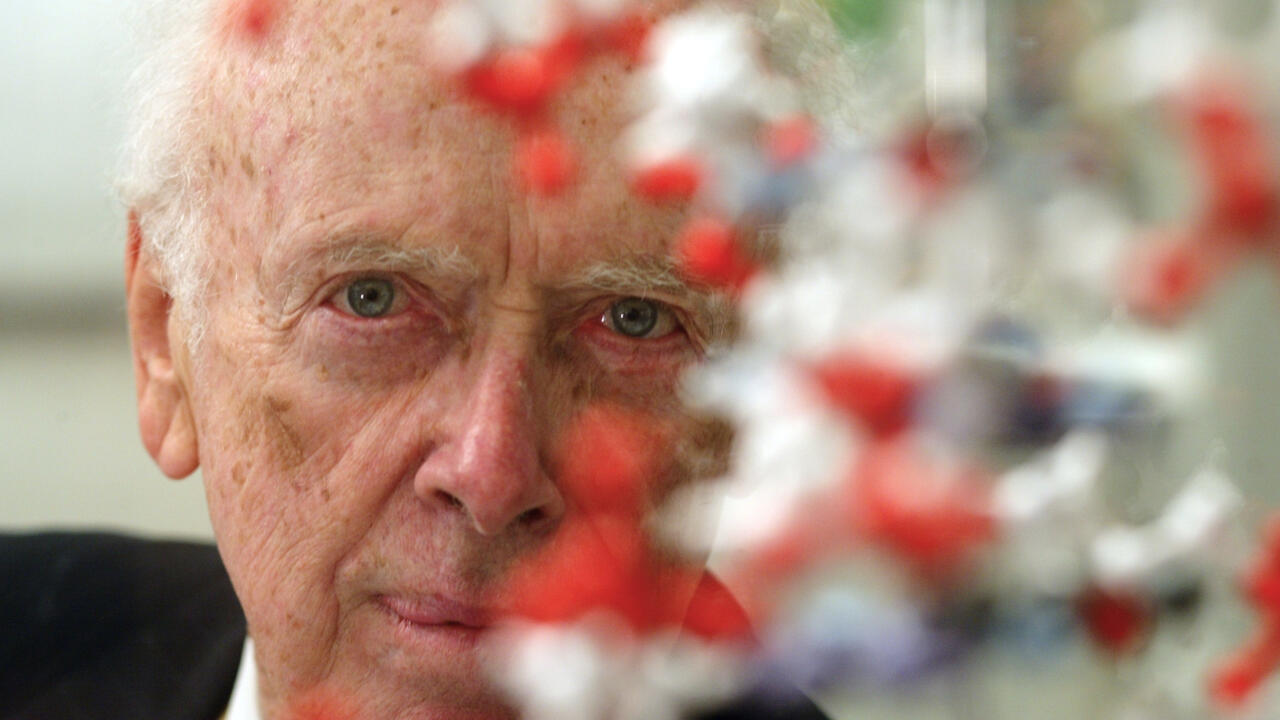A SMALL German town has woken up to the sick sight of dozens of swastikas painted on cars and buildings in human blood.
Cops in Hanau launched a manhunt to find the twisted artist following a series of disturbing reports from horrified locals.
Sign up for The Sun newsletter
Thank you!
The arrest followed a series of disturbing reports late on Wednesday night.
One horrified resident noticed a swastika drawn in a reddish substance on the hood of a parked car and alerted authorities.
Officers who arrived at the scene soon discovered that nearly 50 vehicles had been defaced in a similar way.
Laboratory tests quickly confirmed that the markings were made with human blood.
Following a frantic search, police arrested the suspect at his home in Hanau on Thursday afternoon.
The suspect is a 31-year-old Romanian citizen whose name has not been released in accordance with privacy laws.
The arrest came after a witness provided crucial information about his identity.
Police spokesman Thomas Leipold said the man “was still under the strong influence of alcohol and his motive appears to be highly personal and job-related – he just snapped.”
Leipold also noted that the suspect had injuries that appeared to be self-inflicted.
He is currently being examined at a psychiatric hospital.
“The background is completely unclear,” Leipold said, adding that investigators did not know if specific cars, mailboxes and buildings were targeted or if the swastikas were applied randomly.
He said that there were also several other scribbles on cars and buildings which he could not identify.
Leipold declined to share further details, citing the suspect’s right to privacy.
He emphasised, however, that the display of Nazi symbols, including the swastika, is strictly illegal in Germany.
This is a law rooted in the nation’s effort to confront its difficult past and prevent the spread of extremist ideology.
The swastika remains one of the world’s most powerful symbols of hate, evoking the trauma of the Holocaust and the atrocities of Nazi Germany.
Despite being banned, it continues to be used by neo-Nazi groups, white supremacists, and vandals seeking to provoke fear and division.
Before the suspect was apprehended, Hanau’s mayor, Claus Kaminsky, expressed outrage and sorrow over the incident.
“Especially in our city, which was deeply affected by the racist attack on Feb. 19, 2020, such an act causes deep consternation,” he said.
Kaminsky confirmed that the city had filed a criminal complaint over the defacements.
“What happened here crosses every boundary of decency and humanity,” the mayor said.
“Swastikas have no place in Hanau.
“We will not allow such symbols to sow fear or division.”











 English (US) ·
English (US) ·